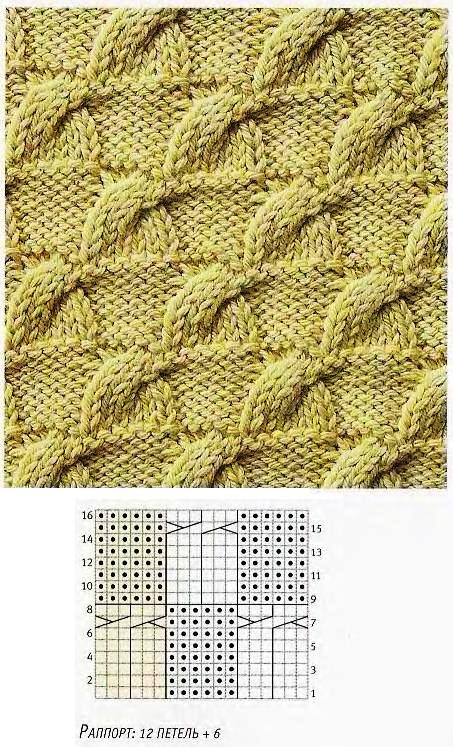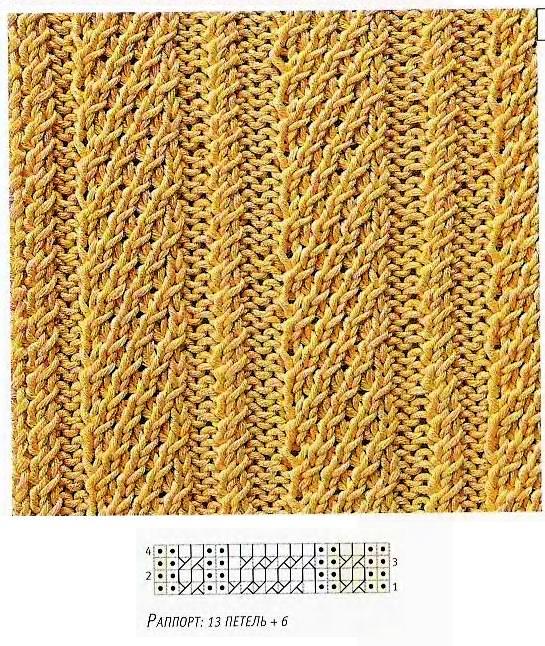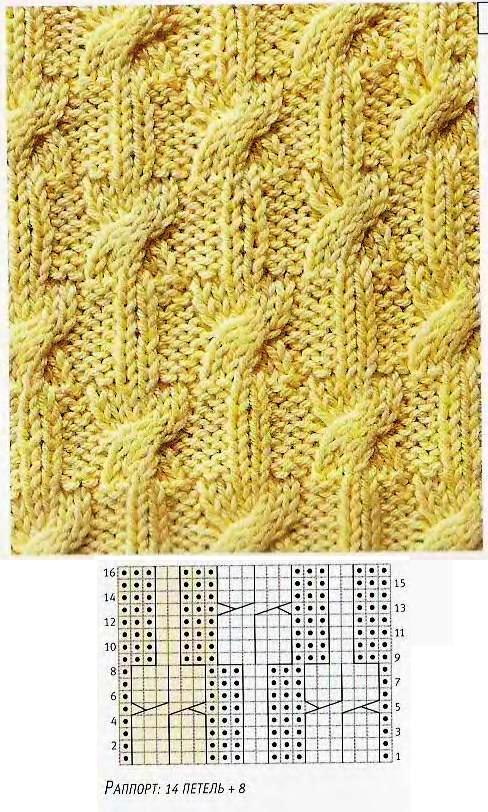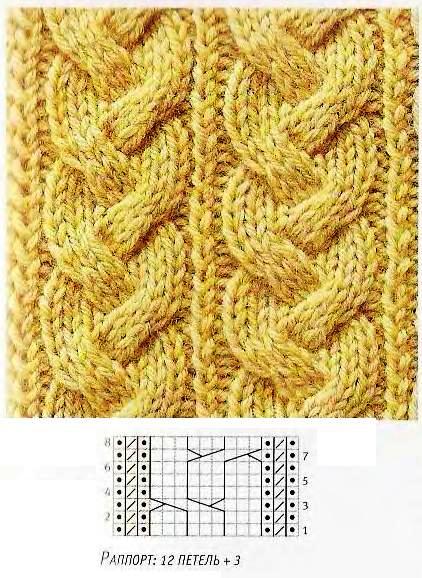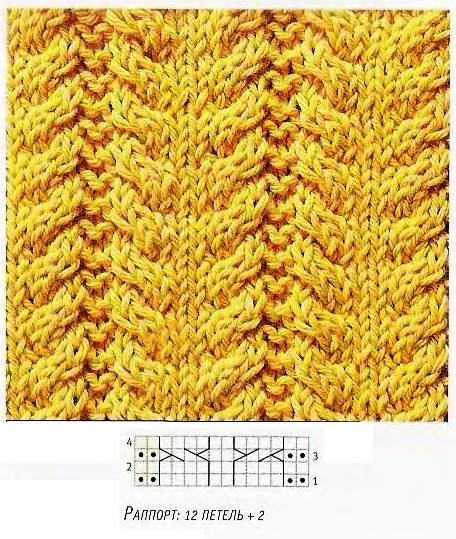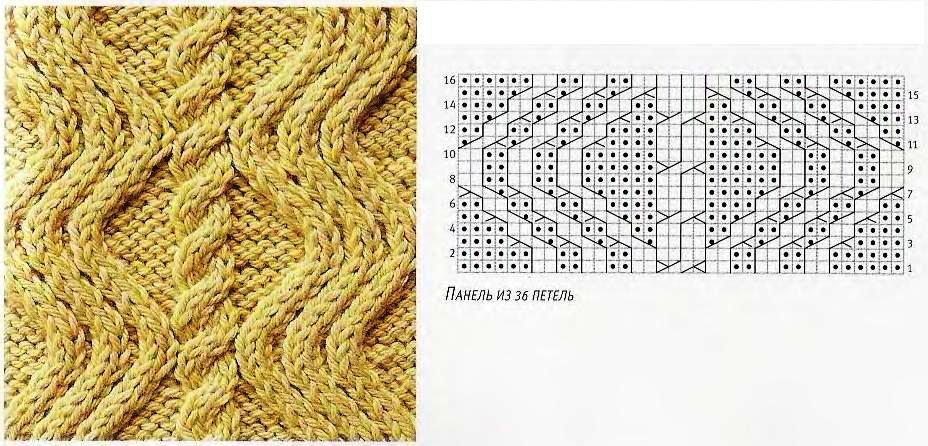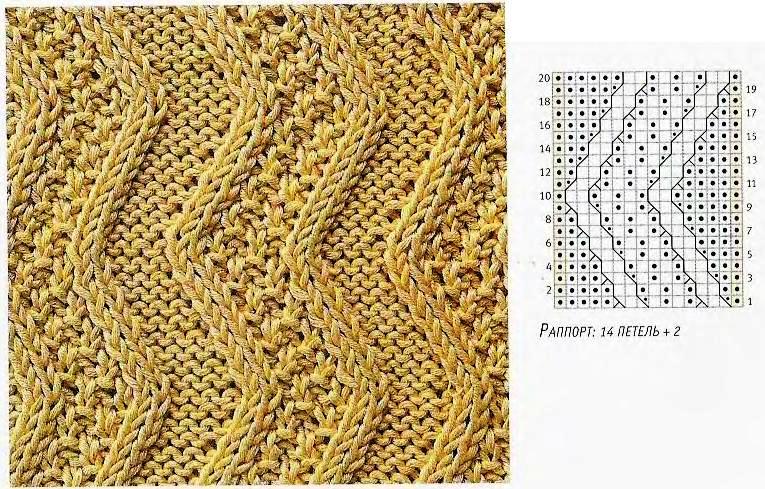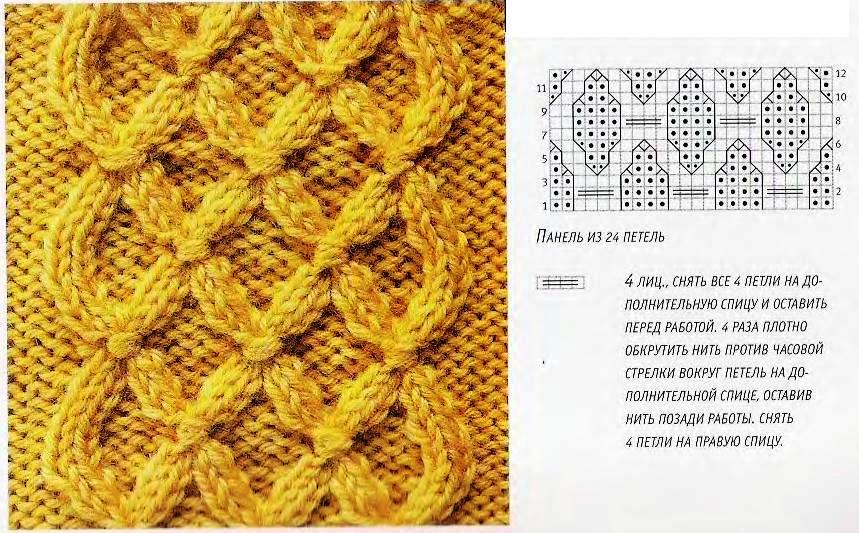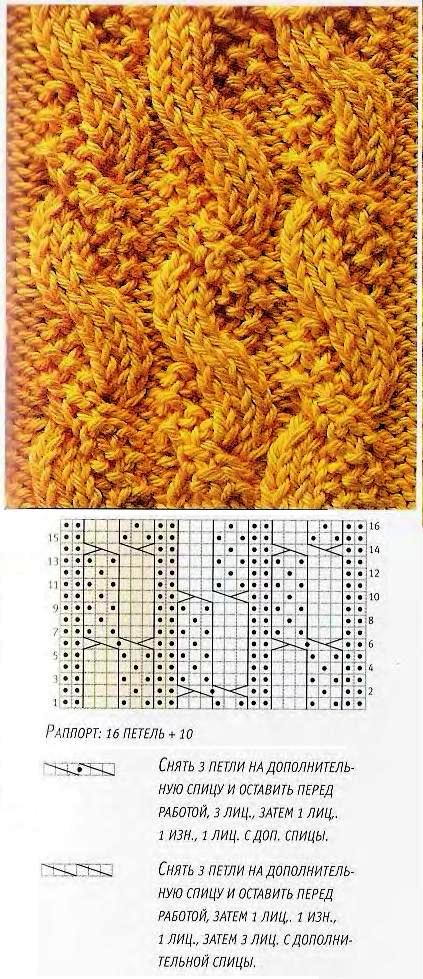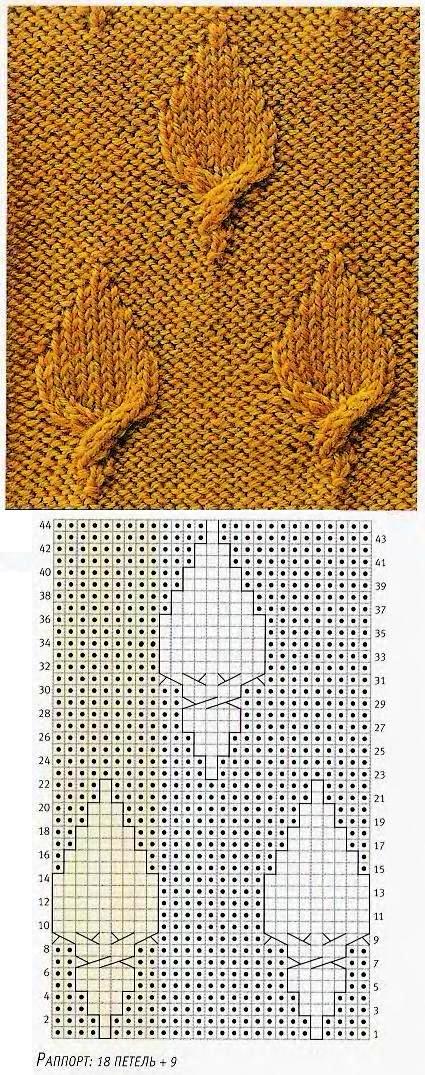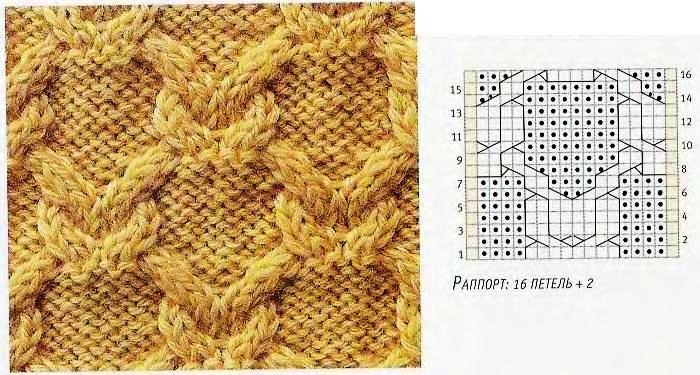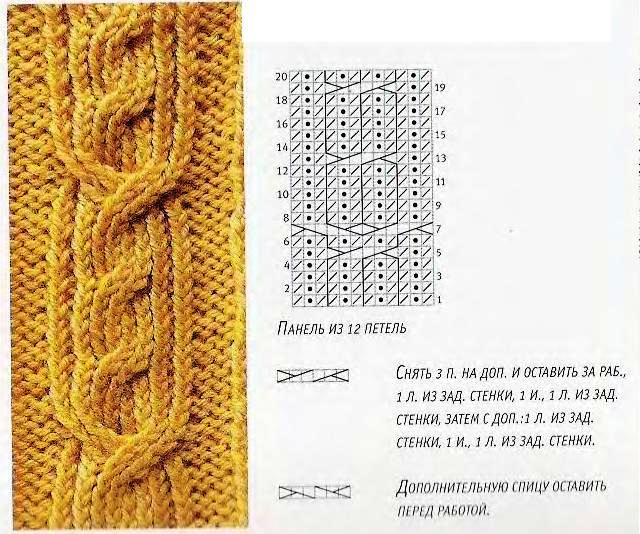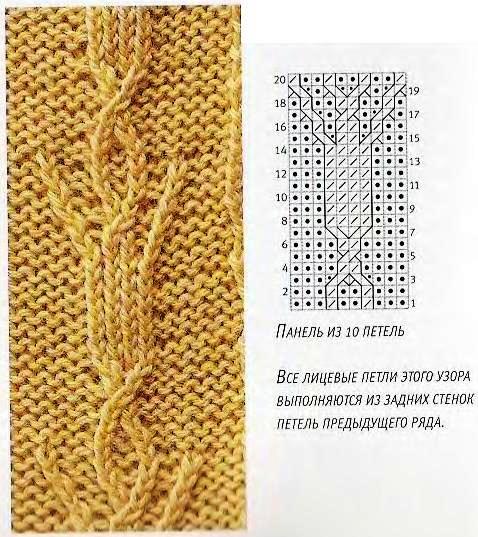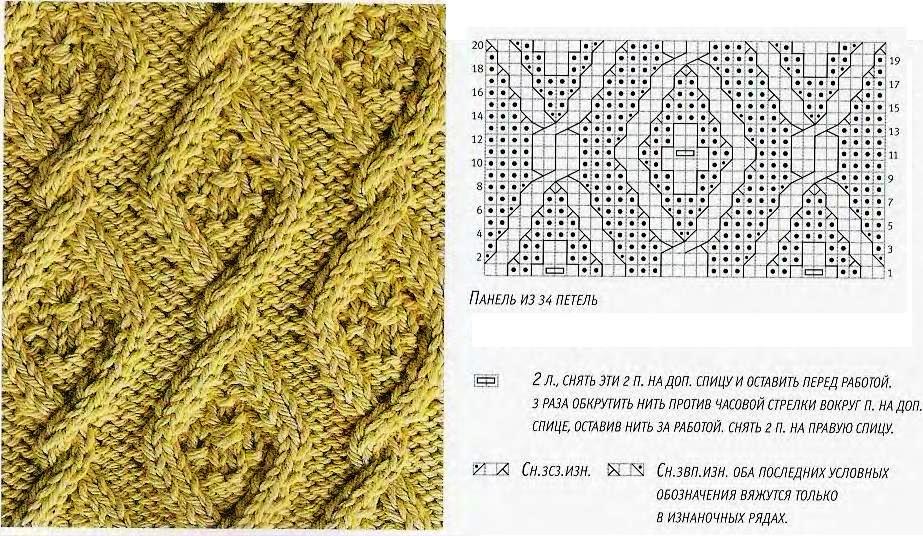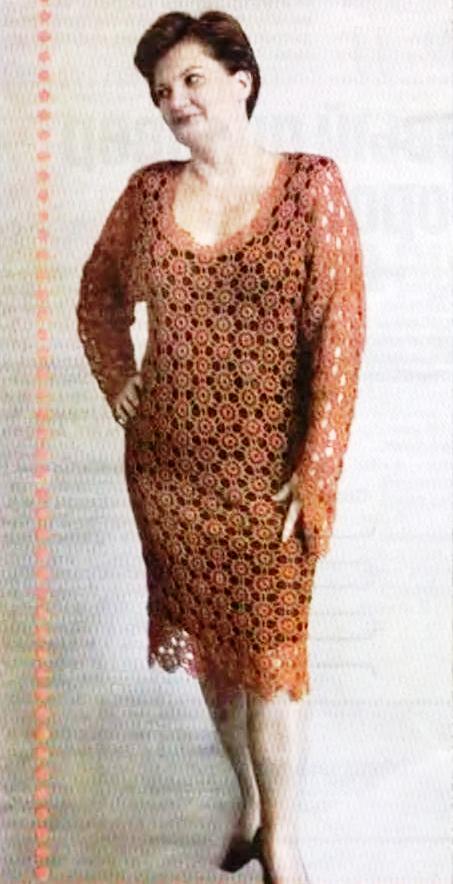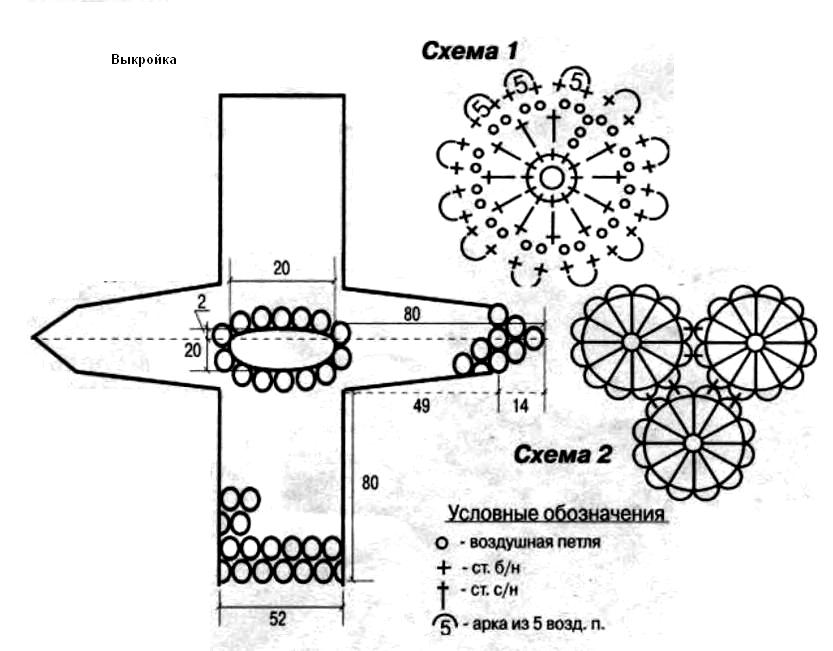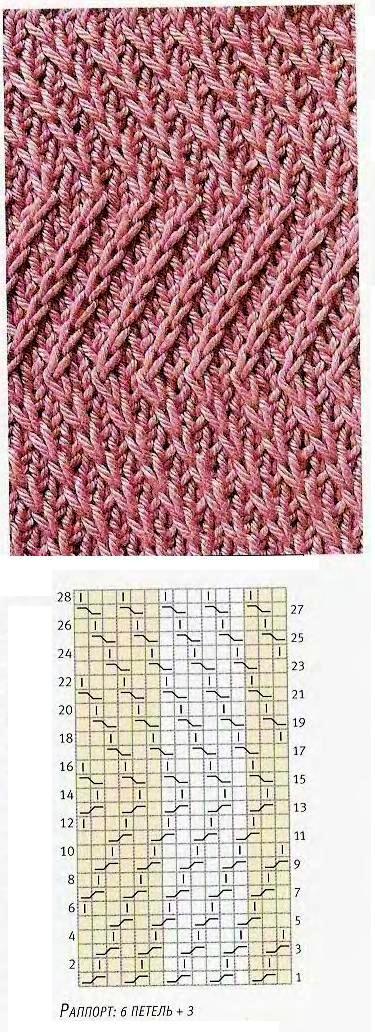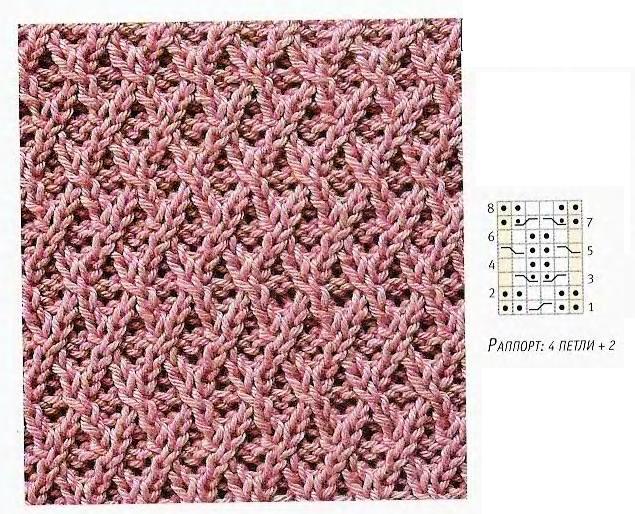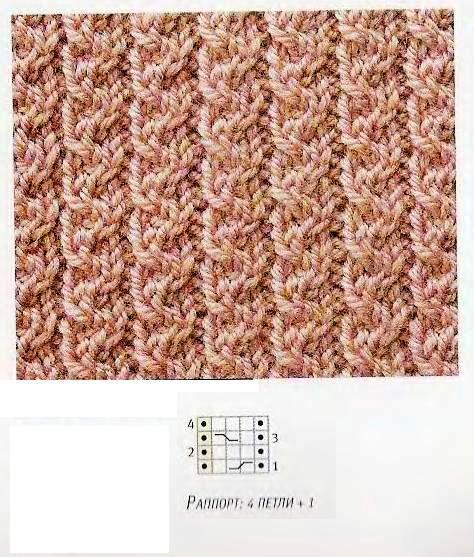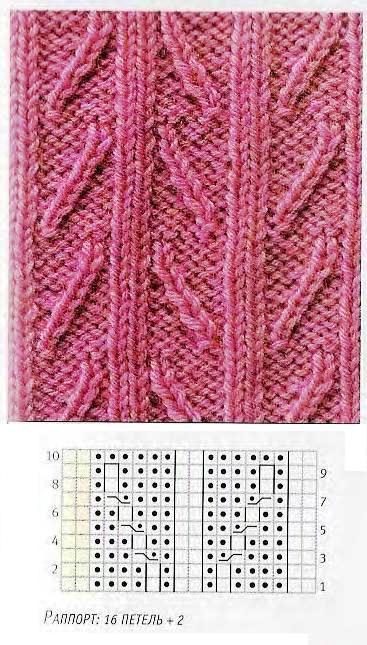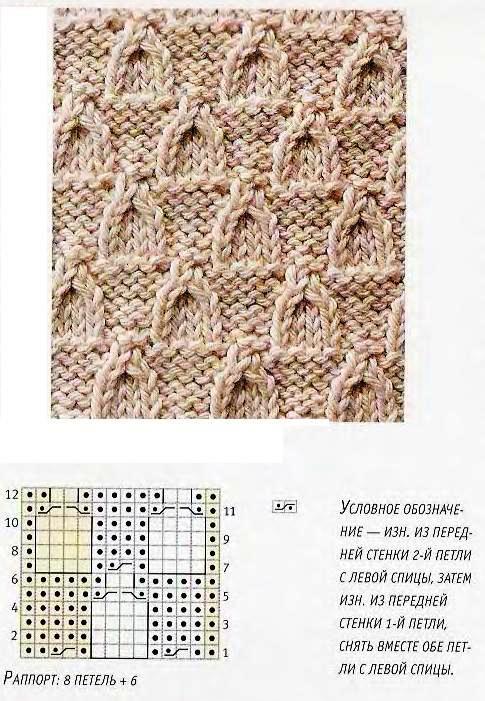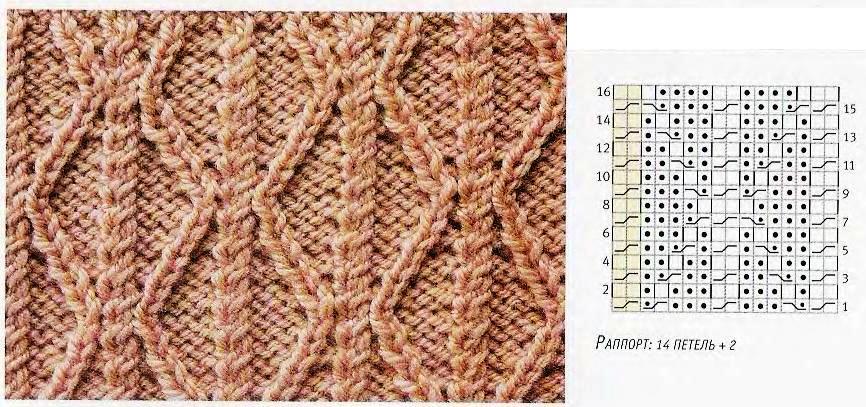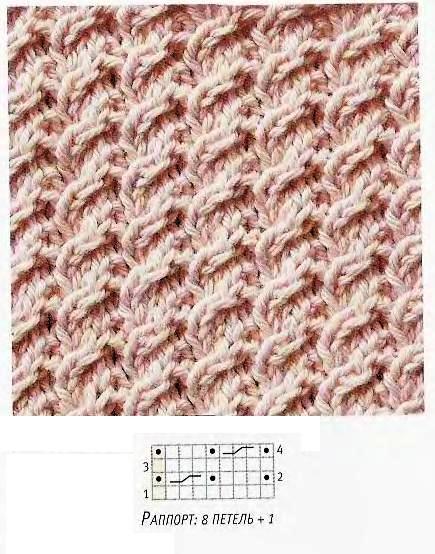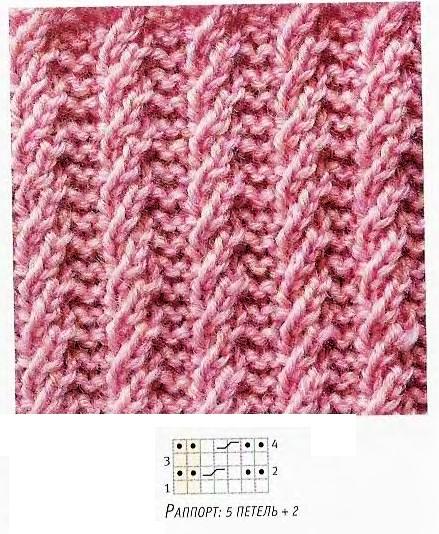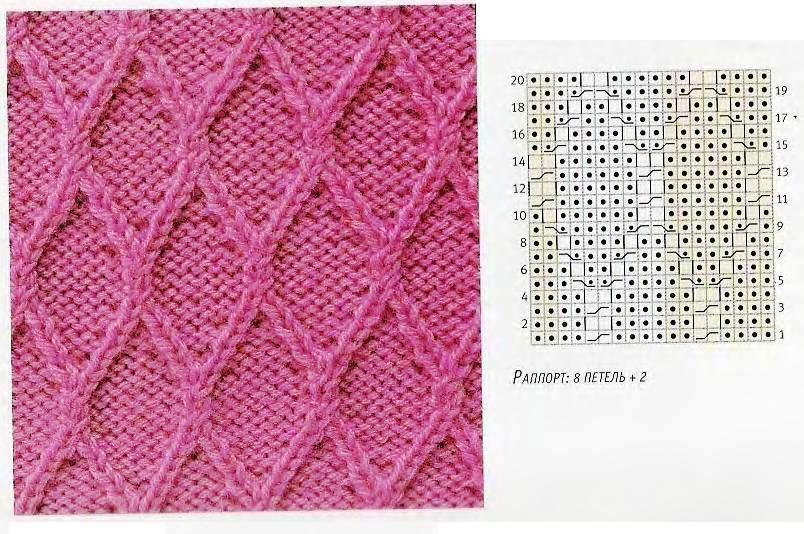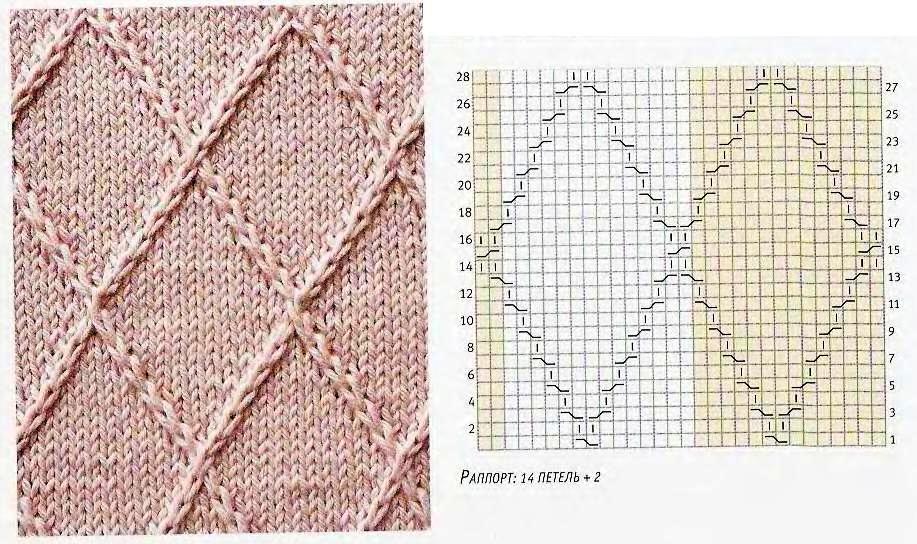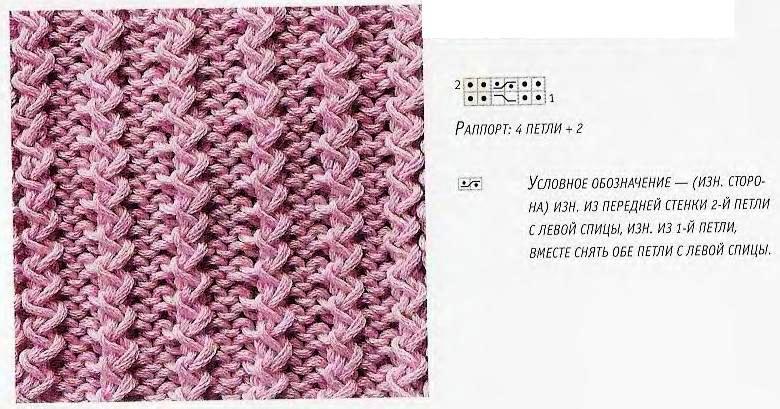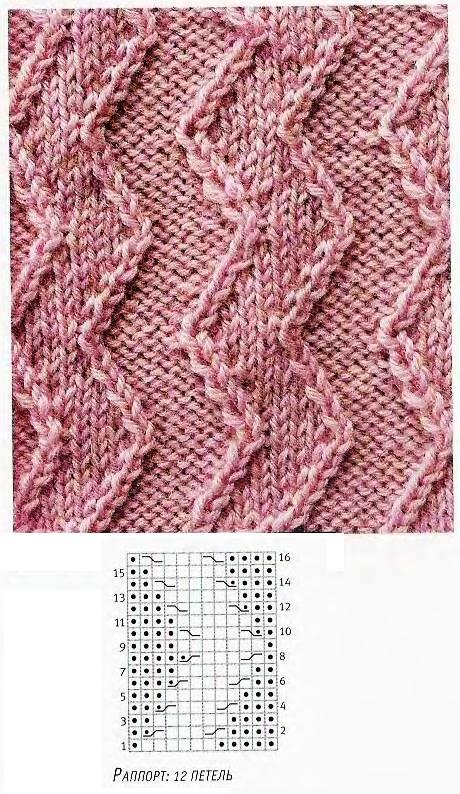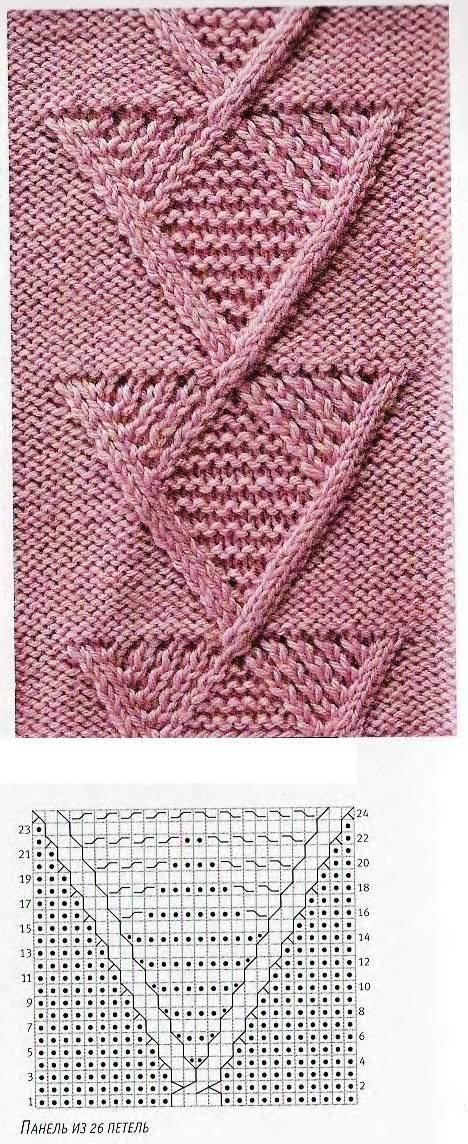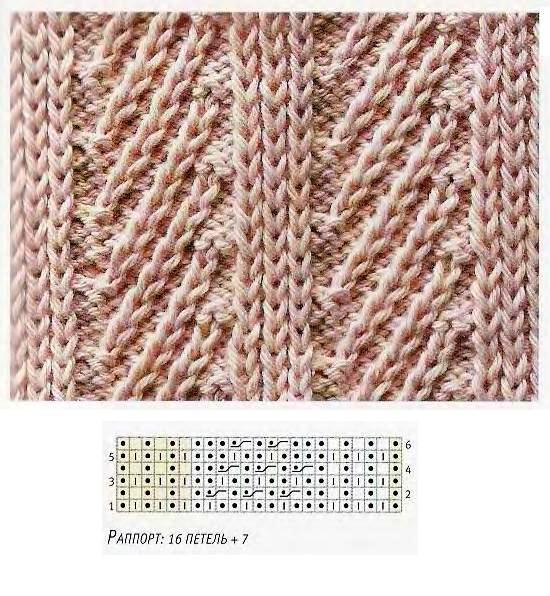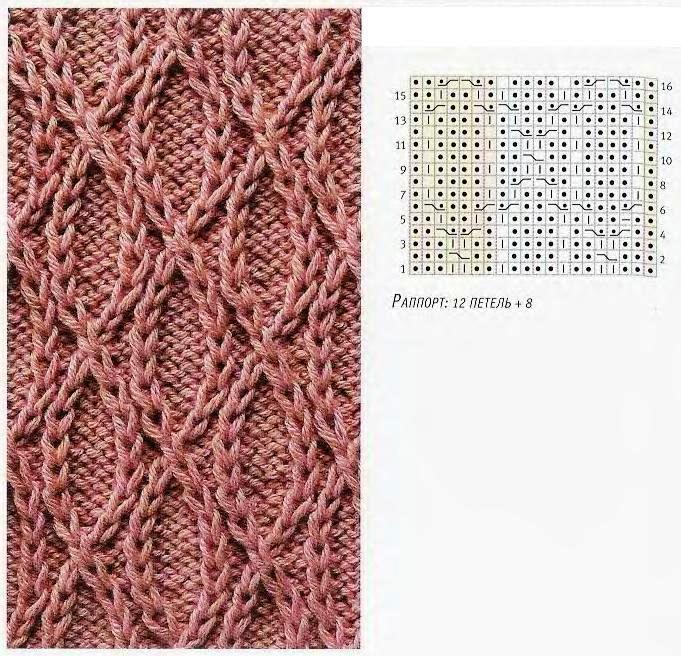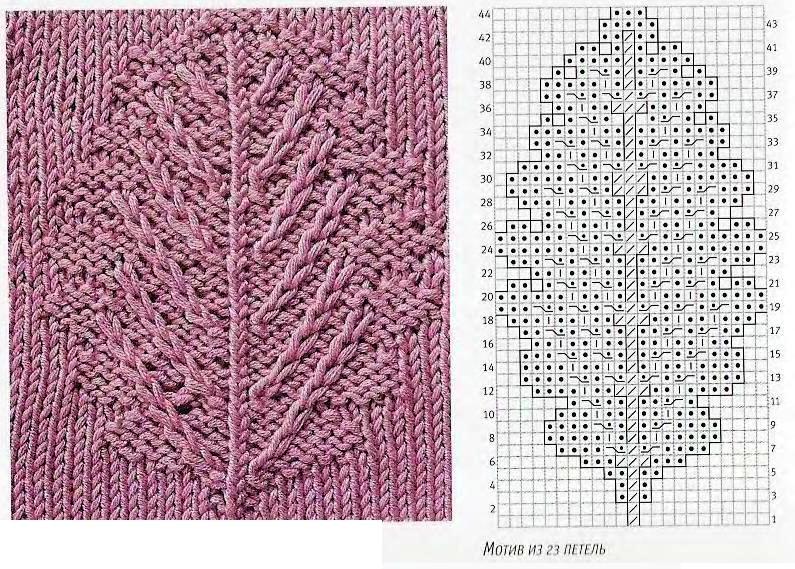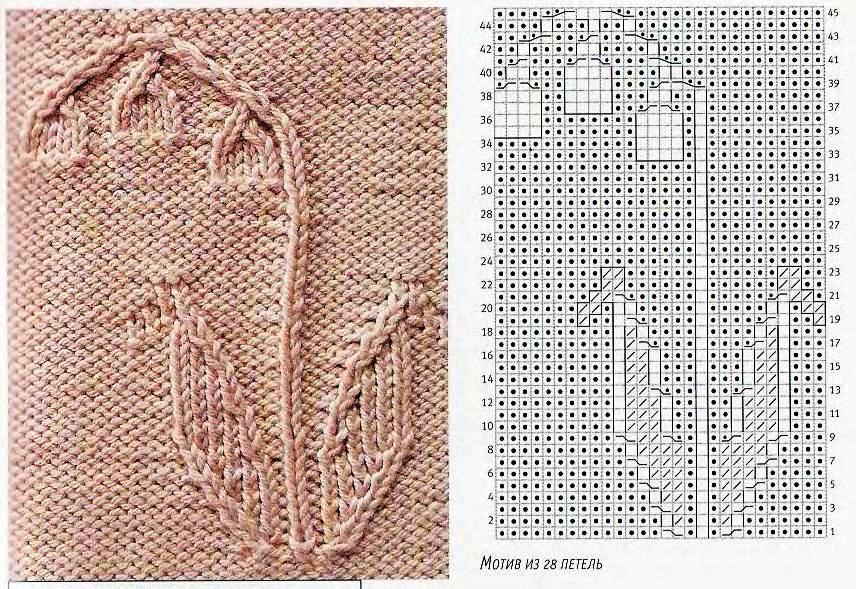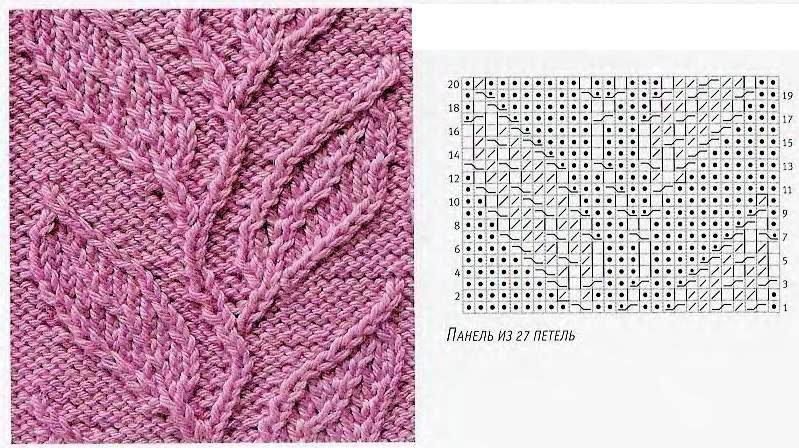At lovers of needlework the creed stitch enjoys special deserved popularity. This type of needlework is attractive that any embroideress even if she is not able to draw, will be able to create such pictures that and did not dream many artists, but for this purpose it is necessary to have huge patience and desire, and also to know all necessary information on art of embroidery cross with what we also will help you.
The following materials and tools are necessary for us for embroidery cross: outline or fabric for embroidery, embroidery threads (mouline thread)of those flowers of which the scheme, tambour screw, needles vyshivalny and the scheme of embroidery consists. We will consider each of these necessary ingredients of embroidery in more detail.
lt;! - more-gt;Of course, it is possible to buy ready set of embroidery which the outline which is picked up for the size and number already enters, all necessary threads but if you have found the pleasant scheme of embroidery, do not refuse to themselves pleasure to pick up all necessary materials most, after all it not only responsible process, but also very fascinating.
Tools and materials for embroidery:
NEEDLES
For embroidery on outline gobelin needles with stupid tip No. 16-28 and wide ear throughout which it is easily possible to pass the necessary quantity of threads are ideal, and stupid tip we do not split fiber of fabric and easily slides between them.
TAMBOUR
For embroidery of the small sizes use round tambour (happen wooden and plastic). They happen the sizes in the diameter from 7 cm up to 30, also happen to supports desktop and floor. 
For embroidery of the big sizes for tension of outline use gobelin tambour – the frames executed generally from tree the sizes from 40 x 40 cm and reach up to 100 cm wide, also happen to supports floor and desktop. 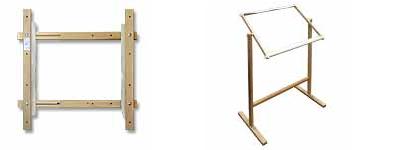
OUTLINE
Classical fabric for embroidery cross – outline the AIDA. It has been invented in 1907 and has undoubtedly won the place of honor in embroidery by cross, it forms accurate squares that facilitates and accelerates embroidery process. The outline is made of 100% of cotton and two average threads above, two extreme — below consist of interlacing of 4 threads in basis and the 4th in duck. On corners of cells places of input and output of needle are well visible.
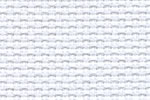
The outline happens different numbers, for example Aida-14 or Aida-18 and number of outline depends on number of cages in 1 inch (2,54 cm).
Aida No. 11 (Pearl Hades)in 1 inch of 11 sections or in 10 cm = 43 cages. Such outline well will be suitable for the beginning embroideresses and for simple motives and the schemes Aida No. 14 (Stern Hades) in 1 inch of 14 sections or in 10 cm = the 55th cages.
The most popular size of outline, is used for embroidery of beautiful pictures with difficult schemes and elegant motives. Aida No. 16 in 1 inch of 16 sections or in 10 cm = 63 cages. 63
Something between Aida14 and Aida18. It is used when sight does not allow to work with absolutely already small daggers.
Aida No. 18 (Fayn-Aida) in 1 inch of 18 sections or in 10 cm = 70 cages.
It is intended for embroidery by cross of very delicate, dot works. Aida No. 20 in 1 inch of 20 sections or in 10 cm = 79 cages. For jeweler works. The outline also happens different flowers and shades. Primary colors: white, blue, cream, lime and black. 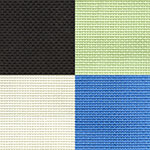
For embroidery by cross use also other types of fabric on which the embroidery finds the charm it is flax which has smooth surface with slightly uneven structure of flat fibers; hat which is developed by double or triple interlacing therefore on surface of fabric the alternating rectangles are formed of the main and weft overlappings located in chessboard order; the rigid outline - stramin which consists lattices, izrazlichny in size, offers numerous opportunities for embroidery, weaving and hand-made articles; table Damask cloths (damasta).
THREADS
Presently set of firms and domestic and foreign provide us the huge range of threads. Here small list of the most widespread producers of threads: DMC (France), Anchor (England), Madeira (Germany), Ariadna (Poland), Mayflower (Denmark), and also Kirov, Chinese and Indian mouline thread. If you select necessary threads that better to select one producer since all of them differ both on color scale and on quality of production.
Standard cotton embroidery threadscall - mouline thread. These threads consist of 6 easily divided fine threads which can be are divided for achievement of the wished thinner effect of embroidery by cross
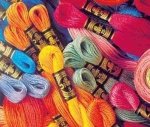
The mercerized cotton threads are twisted threads with special processing andstrong gloss. These threads because of their high-quality coloring of amazing gloss andlight reflection well useat embroidery cross, in gold and gobelin embroidery.
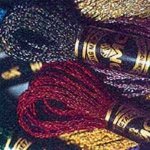
Soft embroidery cotton threads are thick opaque threads. Effectively look on heavy-weight fabrics. Are ideally suited for embroidery of wall gobelins.
Gobelin wool. It is heavy yarn with which embroider in the whole addition. It is used in embroidery of gobelins according to calculating schemes.
Delicate wool yarn. These are fine threads in 2 additions can separately be used or in connection with other threads. Are widely applied in embroidery by wool on fabric. Give to embroidery pastelnost and softness.
The metallized embroidery threads. These threads are used separately or in combination with cotton or woolen threads. Are ideal for embroidery gold and in free style. Give festive look to embroidery on any type of fabric.
Silk and viscose threads. These threads serve for creation of strong gloss in some elements of embroidery. At embroidery threads from filament rayon yarn, they raspushivatsya slightly and give to ready embroidery velvety look.
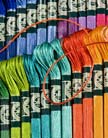
ADDITIONAL ACCESSORIES FOR THE EMBROIDERY
Now shops for needlework offer many additional pleasant and useful accessories for embroidery. For example small scissors-tsapelki or can use small cuticle scissors.
Certainly the organizer for threads during the work with large number of mouline thread of different flowers is useful. Having sorted all threads in the flowers, fix them on special holders and sign with the corresponding numbers and symbols, it will allow to facilitate search of necessary threads during the work.
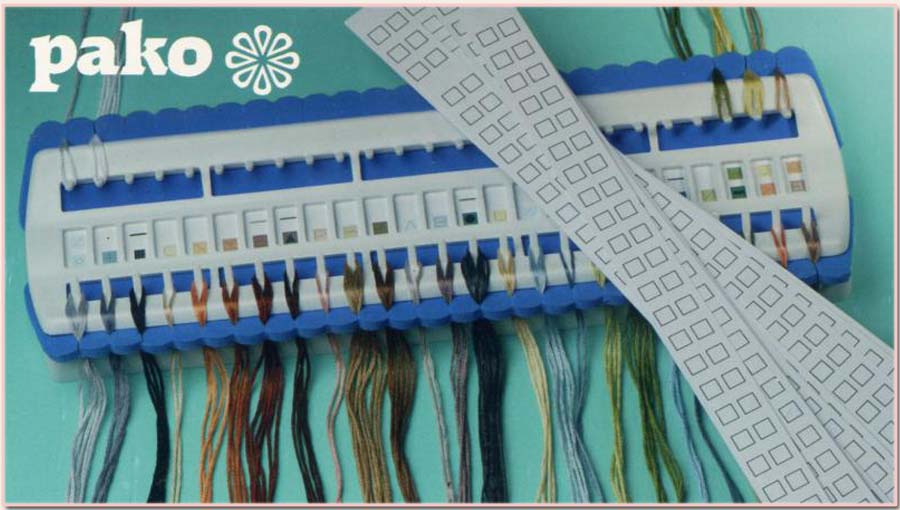
For storage of the remains of threads and stocks special bobinka will be necessary for you for winding of threads and plastic box with departments.
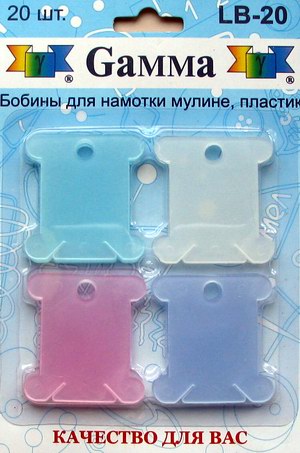
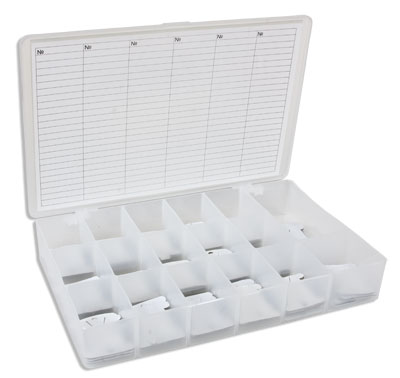
Also the special washing-away markers and pencils will be useful to you for fabric razlinovka, the eraser for fabric and is a lot of other useful things facilitating work of the embroideress.
-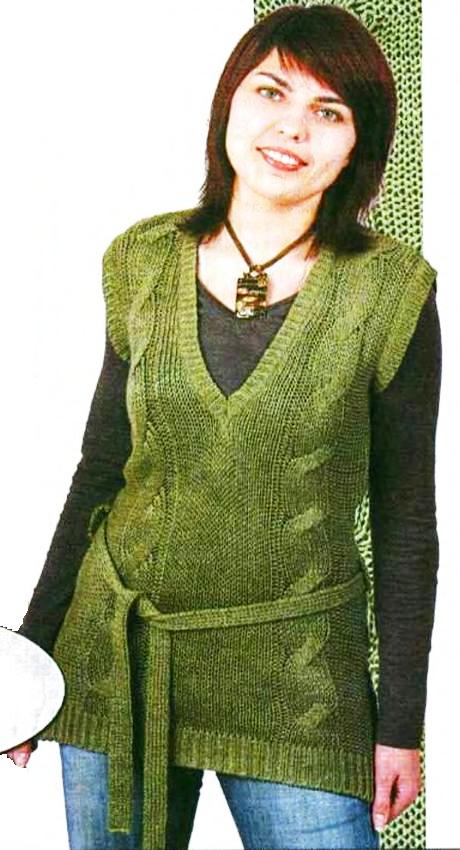
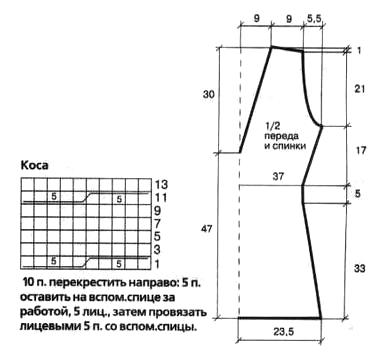
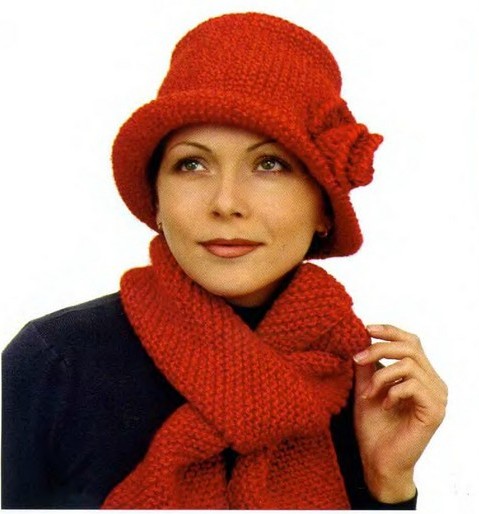
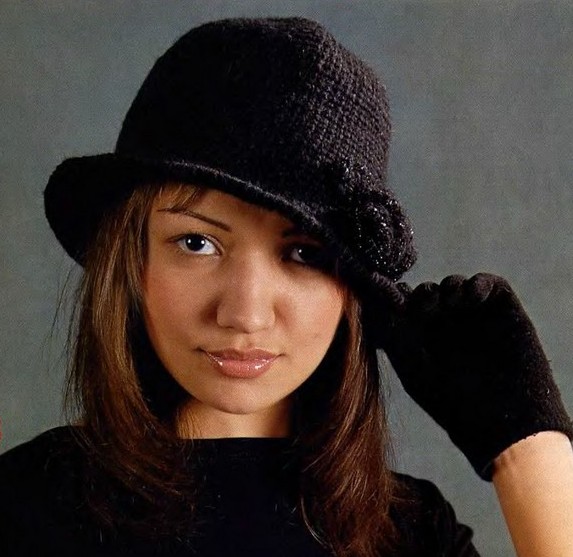
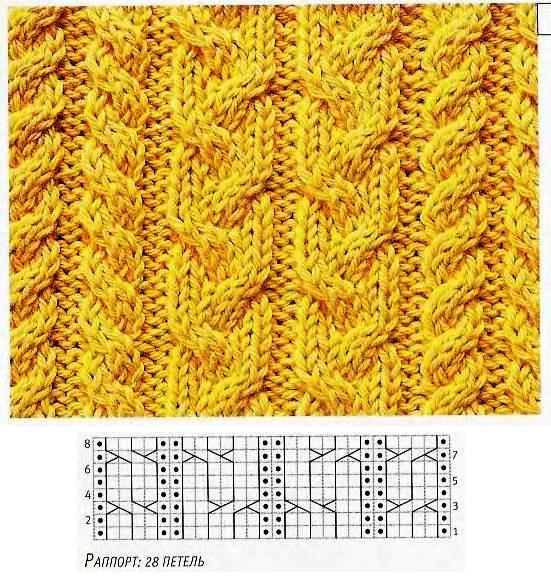
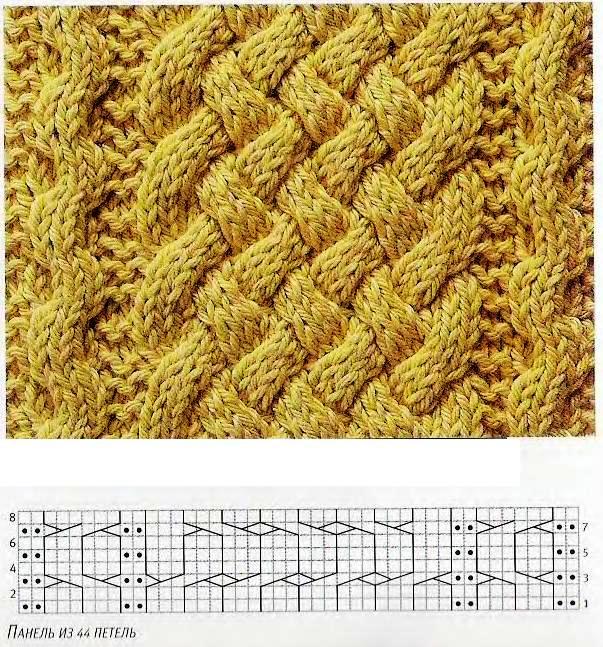
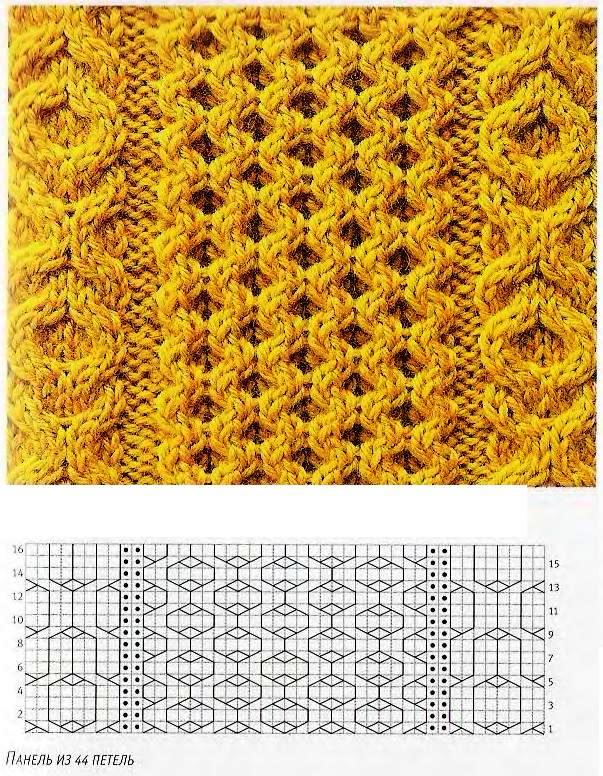 Plaits in chessboard order. Simple performed by plaits three on three, executed over blocks from front and back loops, create the pattern seeming more difficult, than it is actually.
Plaits in chessboard order. Simple performed by plaits three on three, executed over blocks from front and back loops, create the pattern seeming more difficult, than it is actually.